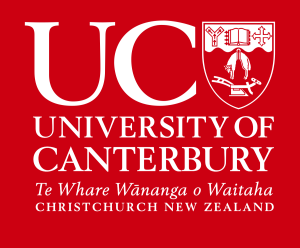Here at UC we have been blowing things up in the name of volcanology for more than 15 years. Our volcano has been a bit of a vagabond travelling all over Canterbury to schools to bring whoops of excitement and chants of “Blow it up, Blow it up” it has even made two appearance on the popular kids science show “What now!”. The volcano has now finally found a home surrounded by volcanic rocks and with the ability to shower volcanic excitement to onlookers.
However, all volcanoes have a serious side, and we use this demonstration to show how volcanologists forecast hazard zones around volcanoes. Students watching the eruption are asked to predict where the balls and the water will land, according to their size and shape. This is used to fuel a discussion about exclusion zones at volcanoes. This experiment has even been used by researchers to calibrate directionality in volcanic sound propagation.
The volcano has a horse-shoe shape, a common shape found in volcanoes worldwide, Whakaari White Island seen in the picture is a good example. Our two local volcanoes on Banks Peninsula - Lyttelton volcano, a horse-shoe forming Whakaraupō harbour opening to the East, and Akaroa volcano, a horse-shoe forming Whakaroa harbour opening to the South. These horse-shoe shapes form through years of erosion and landsliding from the sea and an arcuate pattern of eruption vents. Other elements of the UC volcano design have also been carefully constructed to show how volcanoes are built up from layers of lavas and pyroclastic rocks from alternating lava flow and explosive eruptions.





